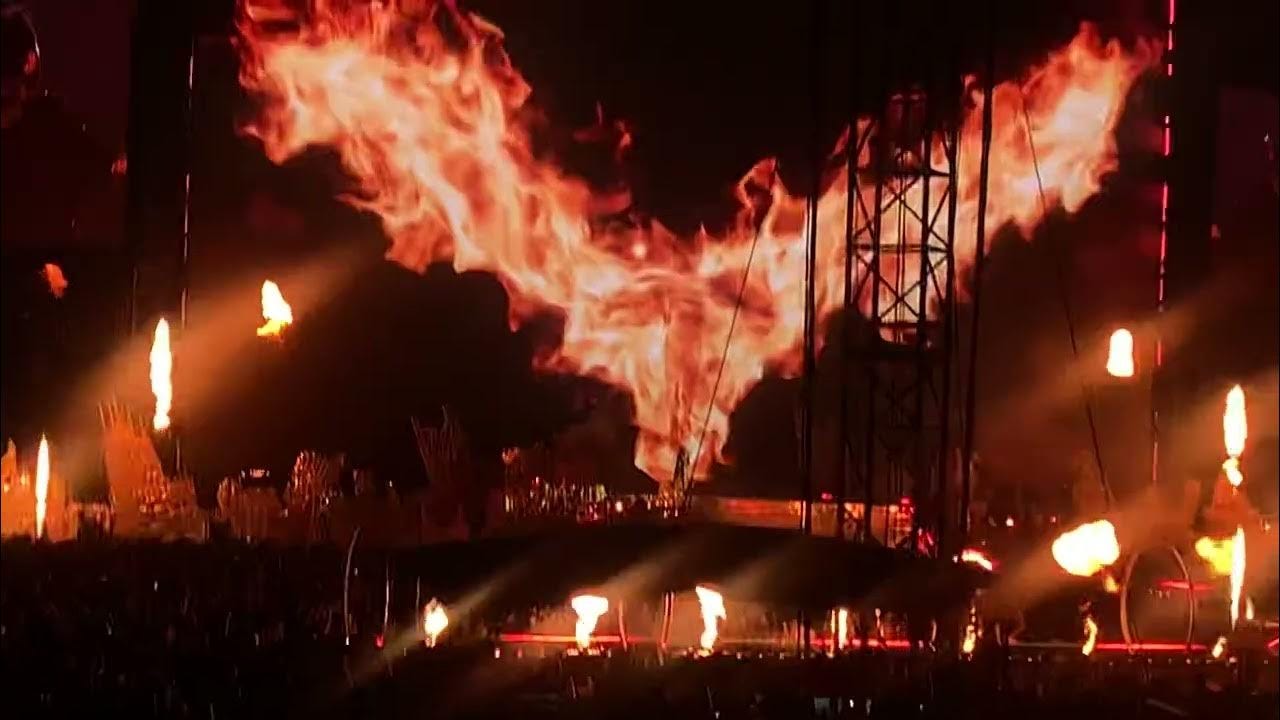"Ego Death" Explained Through Popular Music
Analyzing the Jungian motifs in The Weeknd's recent concert tour.
In this clip, I unpack my experience seeing The Weeknd’s Hurry Up Tomorrow tour twice in Vancouver—a performance that struck me not just as entertainment, but as a piece of popular art loaded with symbolic commentary on ego death, rebirth, and the integration of the self. Readers who have never heard a single Weeknd song would still recognize the familiar psychological arc: the shedding of masks, confrontation with one’s shadow, and movement toward a more unified and conscious identity.
Like Jordan Peterson analyzing Pinocchio or The Lion King to reveal archetypal patterns, I deep-dived into this symbols of this concert for weeks after and it unexpectedly turned into an education of Jungian ideas about the self. The show was an overwhelming sensory experience—dancing, lights, narrative visuals—but beneath that was a clear symbolic arc: The Weeknd begins masked, fragmented, burdened by fame, hedonism, and old identities, and moves toward an image of the “golden” integrated self. The recurring gold figure, the all-seeing eye, and ultimately the burning man motif are not occult references, but classic symbols of psychological death and rebirth—the Phoenix, the dissolution of ego, the emergence of something more whole.
What makes Hurry Up Tomorrow so compelling is how consciously it places The Weeknd’s decade-long artistic journey into this archetypal frame. Across eras—from House of Balloons to Starboy, After Hours, Dawn FM, and now Hurry Up Tomorrow—he has always explored themes of longing, shame, vice, trauma, and the pursuit of pleasure as a substitute for connection. In this new album and performance, he turns directly toward spirituality, salvation, and self-transcendence for the first time.
The burning man at the finale isn’t “devil worship”—it’s the Jungian truth that the old self must die for a new one to emerge. For someone like me, who has followed his work closely and thinks deeply about the psyche, healing, and identity, the concert felt like witnessing an artist consciously shed an entire persona. And yet, even amid that depth, the show was electric—hearing the House of Balloons medley and deep cuts like KissLand in the same night was transcendent in a very human way. That’s the power of art that operates simultaneously on the sonic, emotional, and symbolic levels.
Support The Illusion of Consensus!
The Illusion of Consensus is a fully reader-supported publication. If you support the high-quality science and Big Pharma journalism on this site, consider becoming a paid or founding member to receive exclusive articles, early-access episodes, and ask questions for future episodes. Or support The Illusion of Consensus with a one-time donation.


